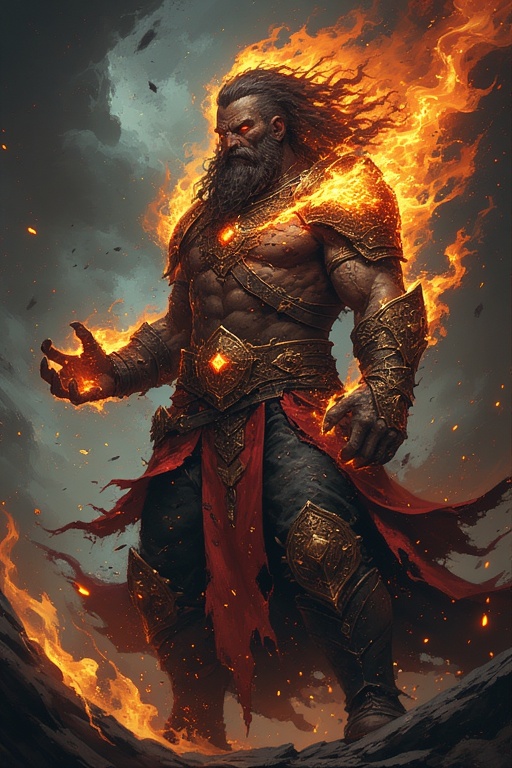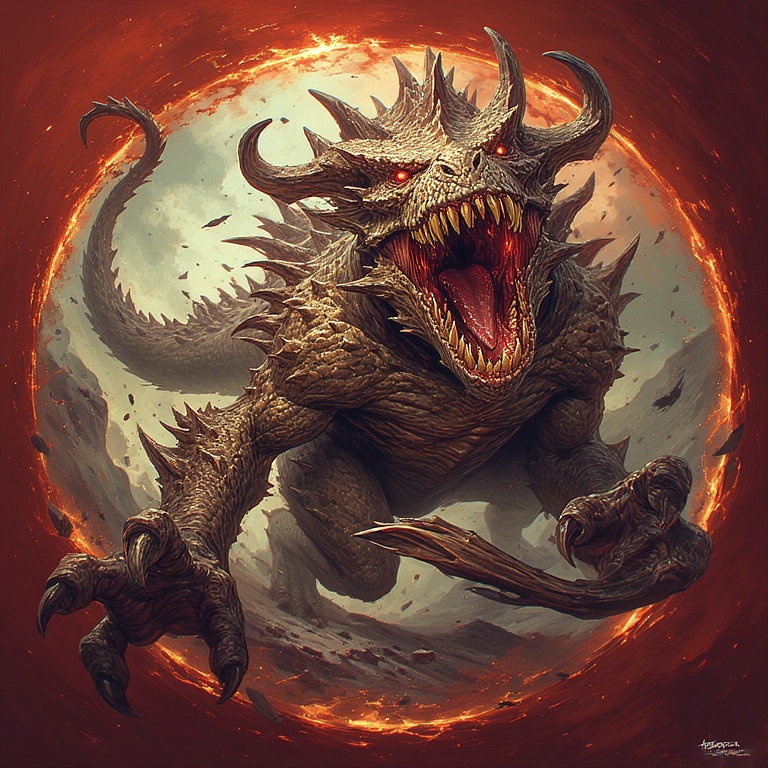
Scars That Tell a Story: Lasting Injuries in Dungeons & Dragons
Combat in Dungeons & Dragons is usually a clean affair. Heroes take hits, drop to zero, and bounce back with a long rest or a cure wounds spell. But for groups who want a grittier, more visceral  game, introducing long-lasting injuries, scars, and maiming can add weight to combat and consequences that resonate far beyond hit points.
game, introducing long-lasting injuries, scars, and maiming can add weight to combat and consequences that resonate far beyond hit points.
This optional system is meant for Dungeon Masters who want injury to matter, for players who love scars as story hooks, and for campaigns where survival is more than just numbers on a sheet.
When Do Lasting Injuries Occur?
Long-lasting injuries shouldn’t crop up every time someone takes damage. Instead, use one of the following triggers:
-
Critical Hits: When a creature scores a natural 20 against a PC.
-
Massive Damage: When a single attack deals half or more of the character’s maximum hit points.
-
Dropping to 0 HP: When a PC falls to 0 hit points and fails at least one death saving throw.
-
Lingering Magic: Certain curses, necrotic damage, or psychic trauma might carry a risk of lasting injury.
When triggered, the DM can call for a Constitution saving throw (DC 15). Failure results in rolling on the Lasting Injury Table.
The Lasting Injury Table
| d20 | Injury | Effect |
|---|---|---|
| 1 | Severed Arm | You lose an arm. You cannot wield two-handed weapons or use two-weapon fighting. Prosthetics or magic may restore it. |
| 2 | Severed Leg | You lose a leg. Your movement speed is halved, and you fall prone if you dash. Prosthetics, peg-legs, or magic may restore it. |
| 3 | Lost Eye | Disadvantage on ranged attack rolls and Wisdom (Perception) checks relying on sight. A magical eye or replacement may negate this. |
| 4 | Crushed Hand | You cannot hold objects in this hand. Healing magic can mend it, but it leaves a scar. |
| 5 | Head Trauma | Roll a d6: (1-3) Disadvantage on Intelligence checks; (4-6) Disadvantage on Wisdom checks. Rest or magic may reduce this. |
| 6 | Internal Injury | You gain disadvantage on Constitution saving throws until healed by greater restoration or a month of downtime. |
| 7 | Lingering Wound | You gain one level of exhaustion that cannot be removed except by magical healing or two weeks of rest. |
| 8 | Horrific Scar | Your Charisma checks with strangers are made with disadvantage, but intimidation checks gain advantage. |
| 9 | Twisted Spine | You cannot benefit from bonuses to movement speed (like Fast Movement or Haste). Healing magic may correct it. |
| 10 | Damaged Hearing | You have disadvantage on Wisdom (Perception) checks relying on sound. |
| 11–20 | Superficial Scar | A scar with no mechanical penalty. Purely cosmetic, but potentially meaningful for roleplay. |
Recovery and Prosthetics
Not every wound is permanent. Here are some options:
-
Magical Healing: Regenerate restores lost limbs, eyes, or other body parts. Greater restoration can heal trauma.
-
Prosthetics: A skilled artificer or smith can craft a peg leg, hook hand, or glass eye. These rarely restore full function but can reduce penalties. A prosthetic enhanced with magic might even become a powerful item in its own right.
-
Downtime Recovery: With weeks of rest and care, some injuries may fade naturally at the DM’s discretion.
Optional Rule: Heroic Scars
If you want injuries to be part of the character’s mythos rather than just a drawback, add a small benefit when they survive maiming:
-
A lost eye grants advantage on Intimidation checks.
-
A severed limb replaced with a prosthetic arm gives advantage on checks to resist being disarmed.
-
A horrific scar inspires others, granting advantage on Persuasion checks when recounting your survival story.
This keeps injuries from feeling purely punitive and instead turns them into storytelling opportunities.
Why Use Lasting Injuries?
-
Grit and Consequence: Battles become more dangerous, and choices matter more.
-
Roleplay Opportunities: A scar, limp, or missing eye is a badge of survival. It can shape how NPCs see the character and how the player roleplays them.
-
Story Hooks: A lost arm might lead to a quest for a legendary artificer’s prosthetic, or a crushed skull might leave lingering visions of the Far Realm.
Final Thoughts
Lasting injuries aren’t for every table. Some players prefer heroic fantasy without reminders of fragility. But for groups who thrive on drama, tension, and scars that tell a story, this system can transform combat into something more than a numbers game—it becomes a trial of survival written on the body of the adventurer.
Thanks for reading. Until Next Time, Stay Nerdy










No Comments